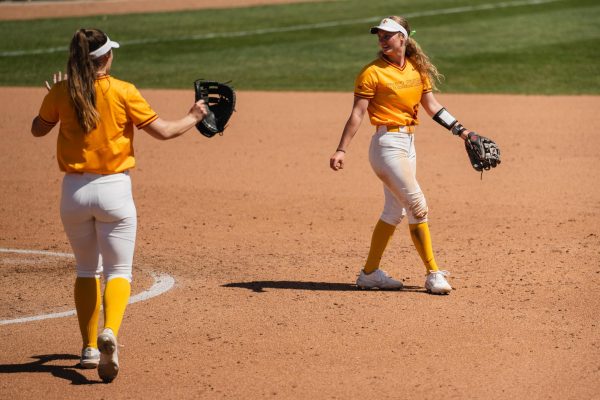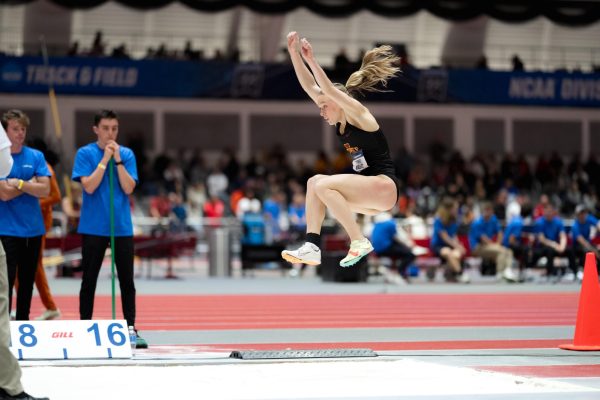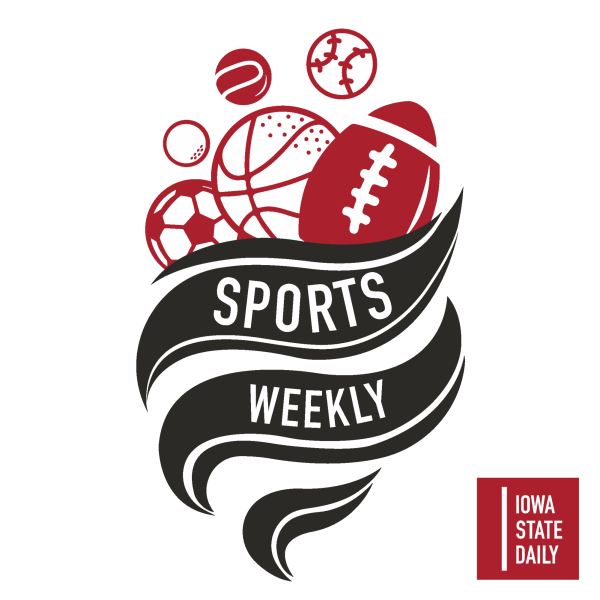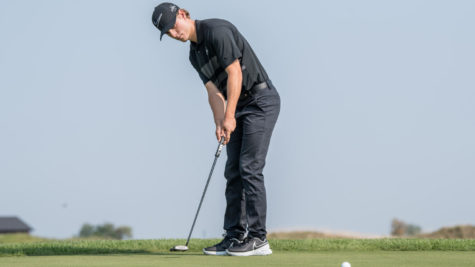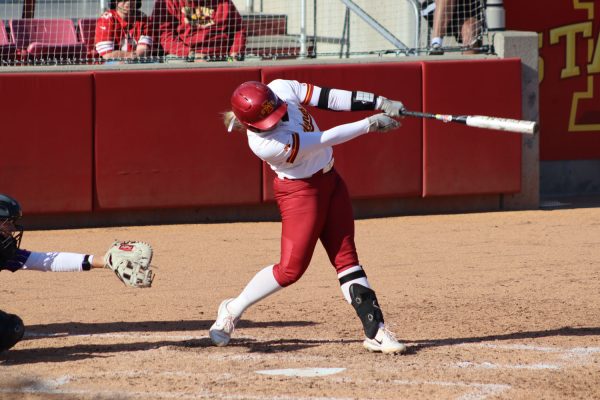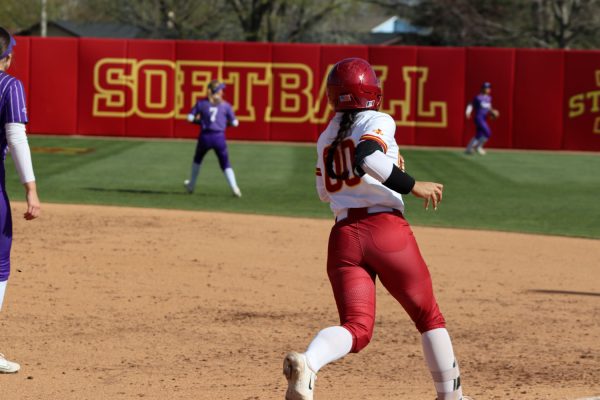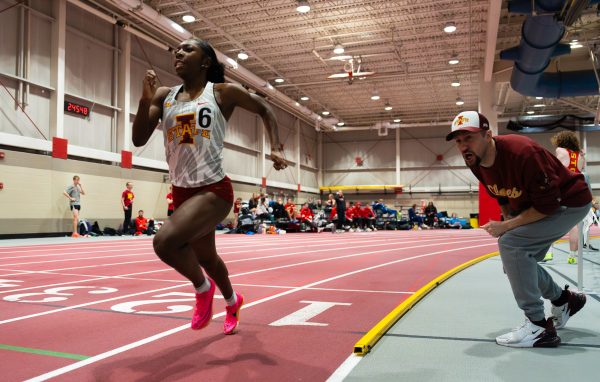Douglas: The Big 12 should’ve followed in the NBA and WNBA’s footsteps
August 18, 2020
The COVID-19 pandemic has left the United States struggling with the inclusion of sports being put on the back burner for much of the summer. While sports are an excellent part of society, they certainly weren’t the most important thing to worry about, especially during a pandemic.
However, professional sports leagues across the U.S. have theorized the best ways to come back until less than a month ago, the plans for the NBA, WNBA and MLB went into action. All three leagues planned to play a full season or finish one that had already started.
The MLB has seen issues already with the Miami Marlins missing a ton of games toward the start of the year with the virus spreading through the clubhouse. The St. Louis Cardinals only just started playing again after weeks off to fight the virus traveling among the team.
It has been sloppy, but the NBA and WNBA have not had that problem.
The two professional basketball leagues are running smoothly, enforcing a concept the MLB didn’t: a bubble.
How the bubble works is there are specific courts in a designated place where players will play the necessary games and the players will have to live away from loved ones in a city together with the rest of the league.
The NBA — set up in Orlando, Florida — was able to exclude some teams that were eliminated and have only a few games until the playoffs, but the WNBA — set up in Bradenton, Florida — had to shorten a season that had not yet started.
Despite the difference in situations, the common denominator is the bubble, and in both cases, it seems to be working well. Players want to play, and being put in a bubble limits distractions and limits the incentive to leave, especially with each game being more high stakes.
So after a long setup, let’s get to the point of the article. The Big 12 had all summer to plan, multiple leagues started up in the professional world, with different rules and structures. Two of them excelled above the rest. Yet the Big 12 was caught as the swing vote in a seemingly unprepared answer.
The Big 12 had the blueprint for success and it could implement it just fine. A bubble, where teams only play within the conference and players take online classes should’ve been the proposal.
The main issue this brings up is what the student-athletes want and in this scenario they don’t get much of a say. To mitigate that loss, the Big 12 and NCAA needed to work together to establish an opt-out option that doesn’t exhaust any eligibility.
A bubble isn’t perfect and for a lot of student-athletes, coaches and schools it’s not ideal, but what is the alternative? You either concede this season cannot happen safely and comfortably or you do what the Big 12 is doing now, which is try to see if it can push through with a few halfhearted changes to the schedule.
The safety of the student-athletes is the most important issue here, but if the Big 12 wants to treat getting football to happen as nearly as important, then it needs to step up and figure out the safest way to make that happen. There are examples in professional sports and there is really only one clear way to go about this.
The Big 12 overthought it. The season should take place in a bubble.







